Часть 4. (Окончание).
Священная война Ирана против агрессии Ирака официально завершилась 20 августа 1988 года. Потом были агрессия Ирака против Кувейта и полный разгром армии Ирака международной коалицией. Саддама Хуссейна судили и смертный приговор ему стал справедливым возмездием за всё зло, причинённое народам Ирана, Ирака и Кувейта.
Заканчивая свой рассказ о музее Священной войны в Кермане, хочу остановиться на мало известном у нас обстоятельстве этой войны — использовании военными преступниками из Багдада химического оружия.

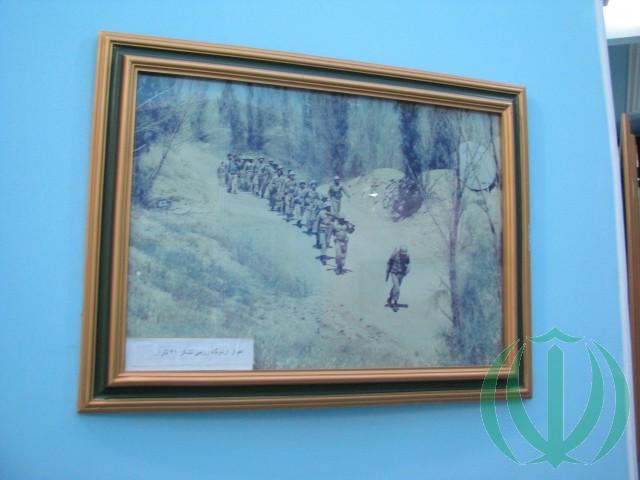
В 1929 году Иран и в 1931 году Ирак подписали Женевскую конвенцию о нераспространении химического и бактериологического оружия. Несмотря на это, придя к власти, Саддам Хуссейн лично отдал приказ о тайном производстве и накоплении химического оружия. В арсеналах Ирака накануне агрессии против Ирана хранились:
Горчичный газ;
Хлор;
Горчичный азот;
Мышьякосодержащие соединения.
Все эти военные отравляющие вещества в ходе войны неоднократно применялись агрессором. Первое применение их случилось уже в ноябре 1980 года при бомбёжке города Сусенгерд (провинция Хузестан). А к весне 1984 года Ирак уже в 63 случаях применил химическое оружие. Количество жертв в них превысило 2300 человек. Эти многочисленные факты военных преступлений Ирака неоднократно фиксировались инспекторами ООН и Международного Красного Креста. Всего же за годы войны от использования химического оружия погибли или пострадали до 10 тысяч иранцев — как военнослужащих, так и гражданских лиц.
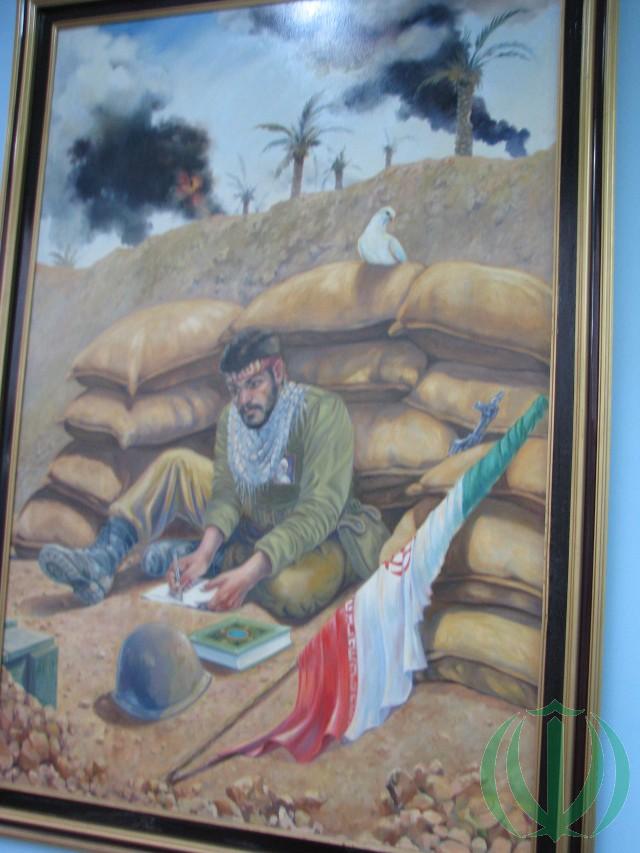

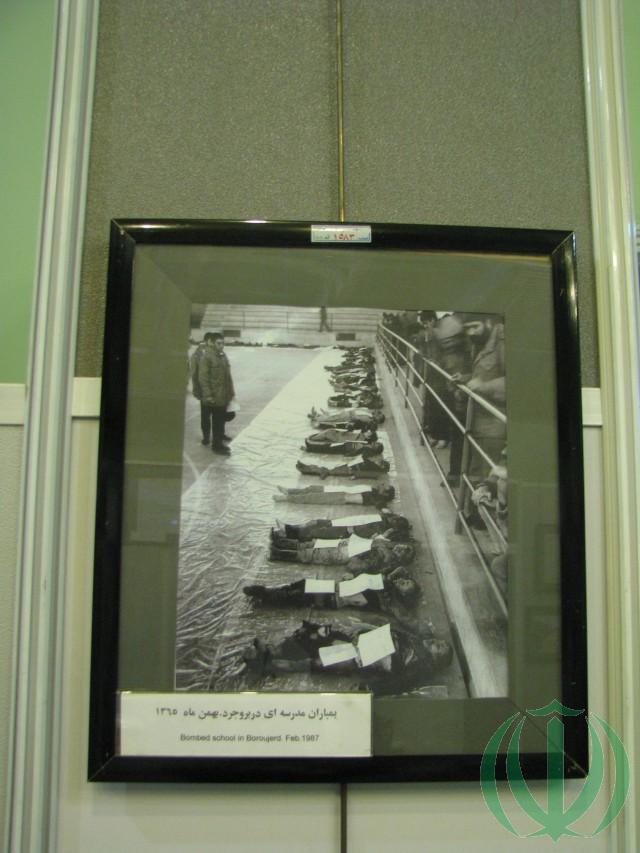
Кроме стрелкового оружия, бронетехники, авиации, ракетного оружия и боеприпасов, которыми снабжали Ирак страны, входящие в организацию Варшавского договора, в Ирак шли поставки химического оружия, оборудования и технологий для его производства. Доказано, что главными поставщиками были «миролюбивые» СССР и ФРГ.

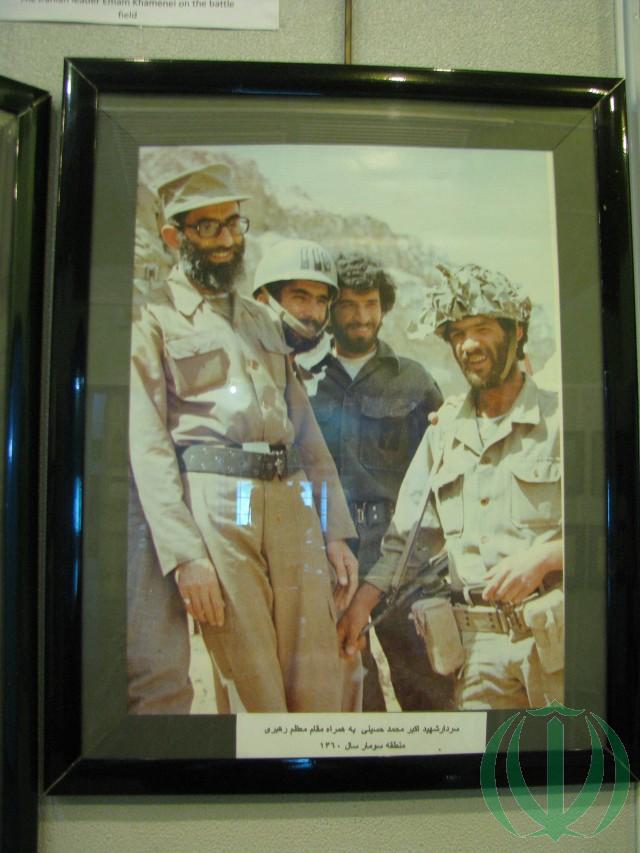

… Рассказывает Рази Сагхар, иранский араб, участник боёв в Сусенгерде:
«Вот здесь, в Сусенгерде, на этом месте, во время войны произошло следующее: три пожилые женщины, когда толпа местных жителей бежала отсюда в направлении Хамидие, отстали ото всех, потому что были стары и не могли уже бежать так быстро, как остальные. Иракцы тем временем уже вошли в город. Мы и мои ребята видели все это. Мы отступили тогда от Сусенгерда, но время от времени подтягивались для разведки к иракским позициям примерно на 100 метров и наблюдали за ними из биноклей.
Иракцы заставили их выкопать яму, а затем на дно этой ямы они положили много динамита. А затем, просто ради развлечения, положили туда всех трех этих женщин и подорвали динамит. Просто ради веселья. А ведь эти три пожилые женщины были арабки.
…Саддамовцы не брали никого в плен, они не хотели никого брать в плен. Когда брали людей в плен, то сначала стягивали им руки сзади тонкой проволкой, так что резали руки до крови, и потом все равно всех убивали.»
(Верёвкин, С.И. Аромат мученика. «Вече» М. 2012. Стр.326-327)
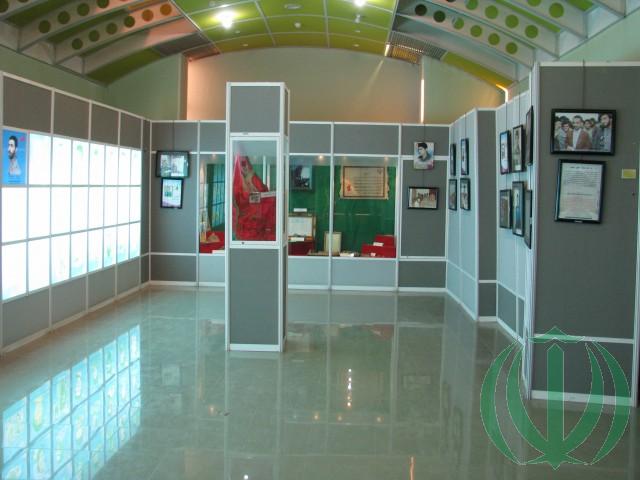
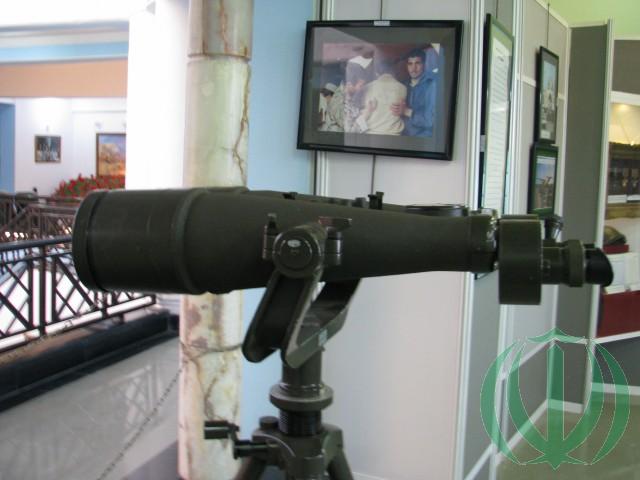
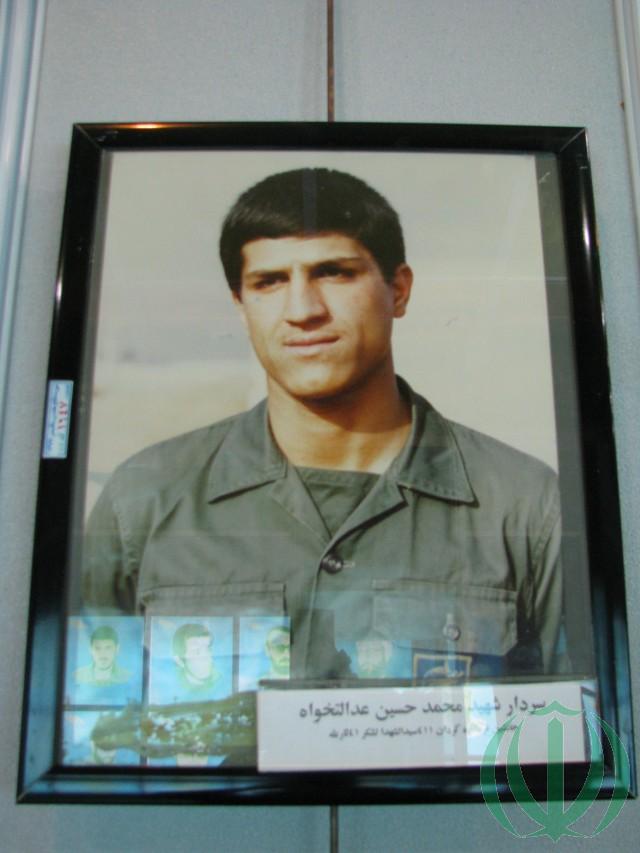
«… Во время операции «Кербела-5» батальон Насра Афшари был брошен на прорыв обороны иракцев…
И они выполнили эту задачу, прорвали оборону иракцев и ворвались в глубину их боевых порядков…
Так и не сумев контратаками выбить басиджей Насра Афшари с захваченных позиций, саддамовцы применили против героев химическое оружие — отравляющие газы…
Но и когда батальону пришел приказ оттянуться назад на смену и отправляться на лечение и обеззараживание, сделать это басиджам Насра Афшари не удалось. Саддамовцы решили гарантированно уничтожить батальон на этом поле смерти, ведь время работало на них — они открыли жестокий заградительный огонь позади басиджей, отрезая им путь к отступлению. Отступать в таких условиях означало положить весь батальон на поле боя. А оставаться на месте ознвчало всем умереть от газов. Ведь и противогазы спасают только полчаса. Затем надо менять загрязненные фильтры, иначе толку от противогазов не будет никакого. Но фильтров у каждого солдата было мало, максимум на несколько часов.
БАТАЛЬОН БАСИДЖ ВО ГЛАВЕ С КОМБАТОМ НАСРОМ АФШАРИ БЫЛ НА ОКУТАННОМ ЯДОВИТЫМИ ГАЗАМИ ПОЛЕ БОЯ СУТКИ, 24 ЧАСА!…
… Прошло 26 лет, но война для комбата не окончилась…
Он показал мне на своем теле проявления этого продолжающегося убийства его организма — свежие, незаживающие язвы и нарывы на коже. А ведь он действительно только вчера поразил кожу, выделяясь из пораженного 26 лет назад организма…
… 26 ЛЕТ НАЗАД — а легкие Насра Афшари продолжают каждый день уничтожаться. Уничтожено уже 80% легких, он давно уже не может самостоятельно дышать…
… 26 ЛЕТ НАЗАД — а каждый день он должен принимать целую груду лекарств — таблеток, инъекций, порошков, жидкостей. Лекарств против яда и лекарств против побочного действия лекарств против яда…
И ТАК ВСЕ ЭТИ 26 ЛЕТ, КАЖДЫЙ ДЕНЬ, КАЖДЫЙ ЧАС, КАЖДУЮ МИНУТУ!»
(Верёвкин, С.И. Аромат мученика. «Вече» М. 2012. Стр.152-156)
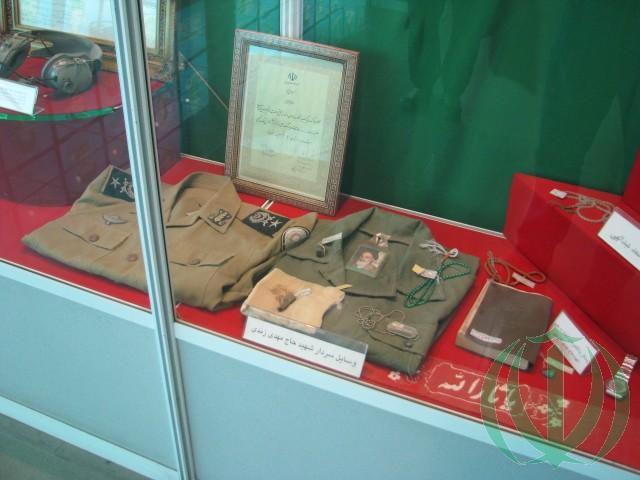
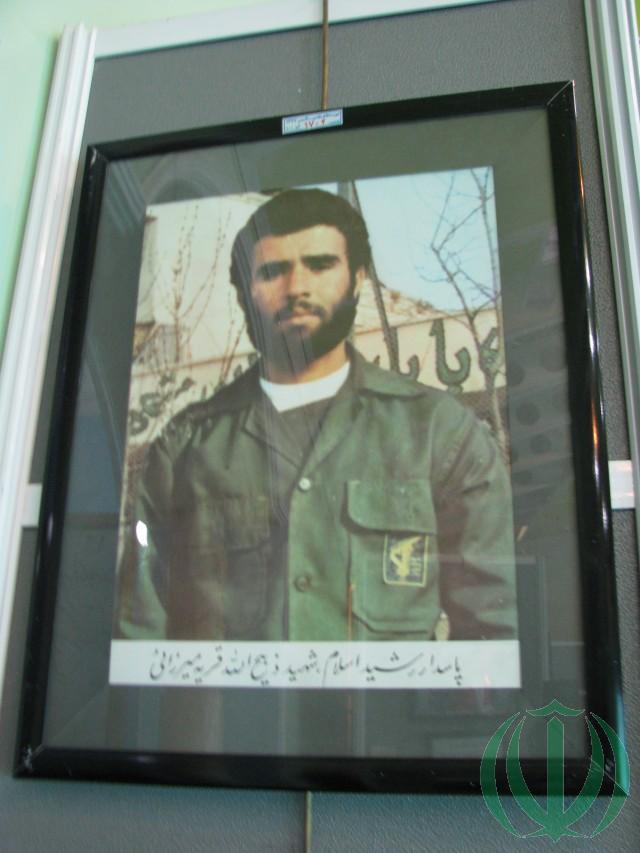
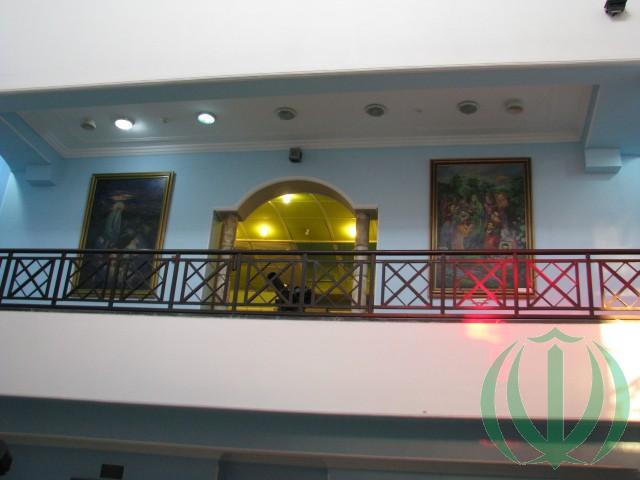
ВСЕВЫШНИЙ, БЕРЕГИ ИРАН!
Kerman is tourist. Museum of the Holy War.
Part 4. (Ending).
Iran’s holy war against Iraq’s aggression officially ended on August 20, 1988. Then there was the aggression of Iraq against Kuwait and the complete defeat of the Iraqi army by the international coalition. Saddam Hussein was tried and the death sentence became a fair retribution for all the evil done to the peoples of Iran, Iraq and Kuwait.
Concluding my story about the Museum of the Holy War in Kerman, I want to dwell on the little-known circumstance of this war in us – the use of chemical weapons by war criminals from Baghdad.
In 1929, Iran and in 1931 Iraq signed the Geneva Convention on the Non-Proliferation of Chemical and Bacteriological Weapons. Despite this, having come to power, Saddam Hussein personally ordered the secret production and stockpiling of chemical weapons. In the arsenals of Iraq on the eve of the aggression against Iran were stored:
Mustard gas;
Chlorine;
Mustard nitrogen;
Arsenic compounds.
All these military poisonous substances during the war were repeatedly used by the aggressor. The first use of them happened already in November 1980 during the bombing of the city of Susengerd (Khuzestan province). And by the spring of 1984, Iraq had already used chemical weapons in 63 cases. The number of victims in them exceeded 2300 people. These numerous facts of war crimes of Iraq were repeatedly recorded by inspectors of the UN and the International Red Cross. In total, during the years of the war, up to 10 thousand Iranians, both military personnel and civilians, were killed or injured from the use of chemical weapons.
In addition to small arms, armored vehicles, aviation, missile weapons and ammunition supplied by Iraq to the Warsaw Pact countries, supplies of chemical weapons, equipment and technologies for its production went to Iraq. It has been proven that the main suppliers were the “peace-loving” USSR and the FRG.
… Says Razi Saghar, an Iranian Arab, a participant in the battles in Susengherd:
“Here, in Susengherd, on this spot, during the war, the following happened: three elderly women, when a crowd of local residents fled from here in the direction of Hamidiye, lagged behind everyone because they were old and could no longer run as fast as the others. Iraqis, meanwhile, have already entered the city. We and my guys saw it all. We then retreated from Susengherd, but from time to time we pulled ourselves up for reconnaissance to Iraqi positions by about 100 meters and watched them with binoculars.
The Iraqis forced them to dig a hole, and then they put a lot of dynamite at the bottom of this hole. And then, just for fun, they put all three of these women there and blew up the dynamite. Just for fun. But these three elderly women were Arab women.
… Saddam did not take anyone prisoner, they did not want to take anyone prisoner. When people were taken prisoner, they first pulled their hands behind them with a thin wire, so they cut their hands to the blood, and then they killed everyone anyway. ”
(Verevkin, S.I. The aroma of a martyr. “Veche” M. 2012. P. 326-327)
“… During Operation Karbala-5, the battalion Nasra Afshari was thrown to break through the Iraqi defense …
And they completed this task, broke through the defenses of the Iraqis and broke into the depths of their battle formations …
Having failed to counterattack the Najr Afshari Basij from the seized positions, the Saddamites used chemical weapons against the heroes – poisonous gases …
But even when the order came to the battalion to drag back to the shift and go for treatment and disinfection, Nasra Afshari’s Basijs did not succeed. The Saddamites decided to guarantee the destruction of the battalion on this death field, because time worked for them – they opened fierce barrage fire behind the Basij, cutting off their path to retreat. Retreating under such conditions meant putting the entire battalion on the battlefield. And to remain in place meant everyone to die from gases. After all, gas masks save only half an hour. Then you need to change the dirty filters, otherwise there will be no sense from gas masks. But each soldier had few filters, for a maximum of several hours.
BASIDGE BASALON HEADED WITH A KOMBAT ONE AFTER AFHARI WAS ON THE POISON-GAS-FILED FIELD OF THE DAY OF THE DAY, 24 HOURS! …
… 26 years have passed, but the war for the battalion commander has not ended …
He showed me on his body the manifestations of this ongoing killing of his body – fresh, non-healing ulcers and abscesses on the skin. But he really only yesterday struck the skin, standing out from an organism that was damaged 26 years ago …
… 26 YEARS BACK – and the lungs of Nasra Afshari continue to be destroyed every day. Destroyed already 80% of the lungs, he can no longer breathe on their own …
… 26 YEARS BACK – and every day he has to take a whole pile of medicines – tablets, injections, powders, liquids. Medicines against poison and medicines against side effects of medicines against poison …
AND SO ALL THESE 26 YEARS, EVERY DAY, EVERY HOUR, EVERY MINUTE!»
(Verevkin, S.I. The aroma of a martyr. “Veche” M. 2012. pp. 152-156)
ALMIGHTY, SAVE IRAN!
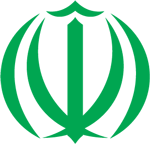

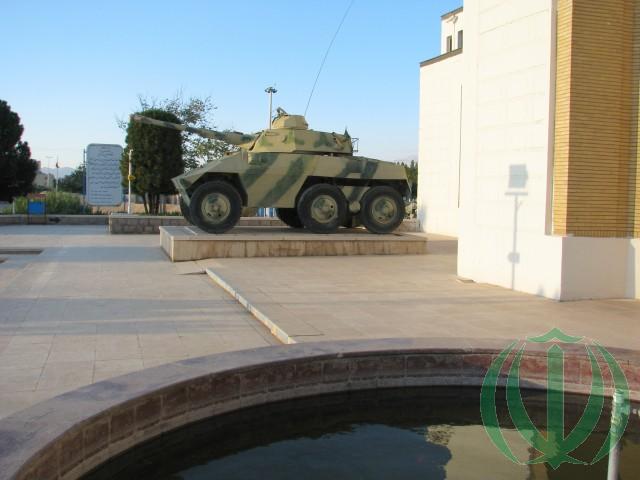
0 Comments